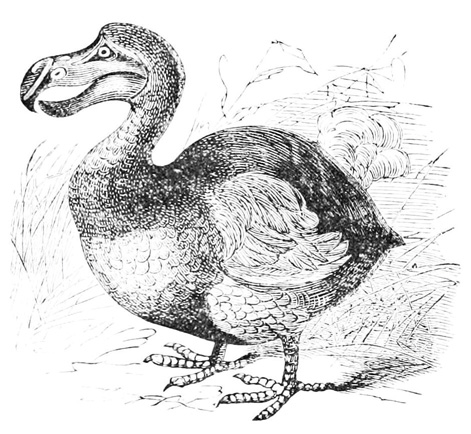Common sense tells us that air, water, food, and shelter are fundamental to the survival of humans and businesses. However, the pathway to healthily integrating the two remains a challenge. Read this chapter to explore the important interrelationships between the environment, society, and economics and their importance to sustainable business. What are the merits of both views of economics with limits versus no limits to growth? How do businesses and individuals threaten ecosystems and the environment? What roles can businesses play in addressing environmental challenges as well as the limitations?
2.2 Life and Climate System of Earth
Ecology
Ecology is the study of life forms and their interaction and their relationship with the environment with a focus on how biological systems remain diverse, healthy, and productive. Ecosystems are the "webs" or complex patterns of interactions among a network of life in a specific place on Earth. Wetlands, forests, grasslands, coral reefs, and coastal estuaries are all examples of ecosystems. They are an interaction of living (biotic) and nonliving (abiotic) elements in a specific geographic area.
Healthy ecosystems are important to human society as they provide life-sustaining goods and services, including clean air to breathe, clean water to drink, plants and animals as food sources, and raw materials for clothing and shelter. The goods and services produced by natural systems that benefit humans are called ecosystem services. These goods and services lack a formal market and are not included in traditional economic measures like GDP. They are often viewed as "public goods" or societal benefits.
Environmental changes can impact the life that an ecosystem can sustain. Severe or rapid changes can reduce the carrying capacity of an ecosystem and result in the loss of living organisms. Severe and permanent loss of animal species is called extinction. In the history of Earth there have been five major mass extinction events - meaning large number of species have died off dramatically: Ordovician (450 million years ago), Devonian (375 million years ago), Permian (251 million years ago), Triassic (205 million years ago), and Cretaceous (66 million years ago). The worst mass extinction is believed to be the Triassic extinction when over 90 percent of species on Earth died off. Evidence suggests that it can take millions of years for new species to recover after a mass extinction event.
In addition to these more well-defined mass extinction periods, there are many other extinction events that have occurred over the course of Earth's history. Causes of past mass extinction have included dramatic changes in climate (warming or cooling), atmospheric changes, dramatic changes in sea level, changes in oxygen levels in the sea, and changes in land structure.
Currently, the Holocene extinction is occurring. This is a widespread extinction that has been ongoing for approximately the last ten thousand years. It is estimated that currently up to 140,000 species are lost every year. The Holocene extinction is characterized by human-driven activities, including habitat loss, overpredation, and, most recently, human-induced climate change. During the last century the rate of decrease in biodiversity has been increasing.
Ross MacPhee and Clare Flemming of the department of mammalogy at the American Museum of Natural History researched mammal extinctions since 1500 AD. They identified ninety species of mammals that have become extinct during the modern era of European expansion. This is 2 percent of all mammal species on Earth. The natural rate of mammal species extinction is estimated to be one mammal species every 400 years, the loss of 90 species in 500 years is a 7,100 percent increase over the natural rate. Examples of animal species that have become extinct due to human activity include the dodo bird, Falkland Islands wolf, Atlas bear, eastern cougar, passenger pigeon, and the western black rhinoceros.
Figure 2.2 Dodo Bird

Video 1
Western Black Rhino Driven to Extinction